Submitted by WA Contents
Norman Foster Foundation Headquarters housing extensive Foster Archive and Library opened in Madrid
Spain Architecture News - Jun 05, 2017 - 13:47 19323 views
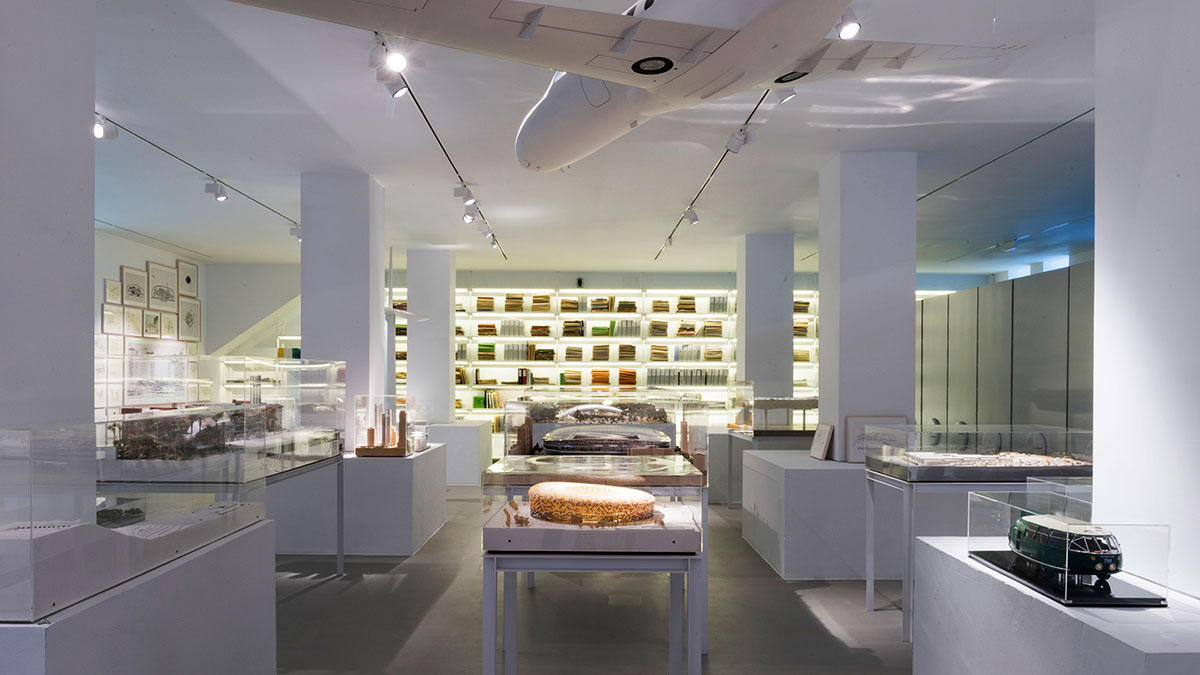
The Pritzker Prize-winning architect Norman Foster opened his new Research Centre and extensive Norman Foster Archive and Library last week with one-day public forum titled "The Future is Now" in Madrid’s Royal Theatre.
The opening of the Norman Foster Foundation Headquarters coincided with Lord Foster's 82th birthday and was celebrated with the attendance of many prominent speakers from the field of architecture, design and philanthropy including Maya Lin, Olafur Eliasson, Jonathan Ive, Michael Bloomberg and Alejandro Aravena.
Video by Norman Foster Foundation
The Norman Foster Foundation Headquarters was initiated to delve into interdisciplinary thinking and research to support new generations of architects, designers and urbanists to anticipate the future.
Apart from RIBA-Norman Foster Travelling Scholarship, Lord Foster's new Foundation will act as "a new embodiment" of a holistic approach within a new physical space, which connects architecture, design, technology and the arts under one roof.
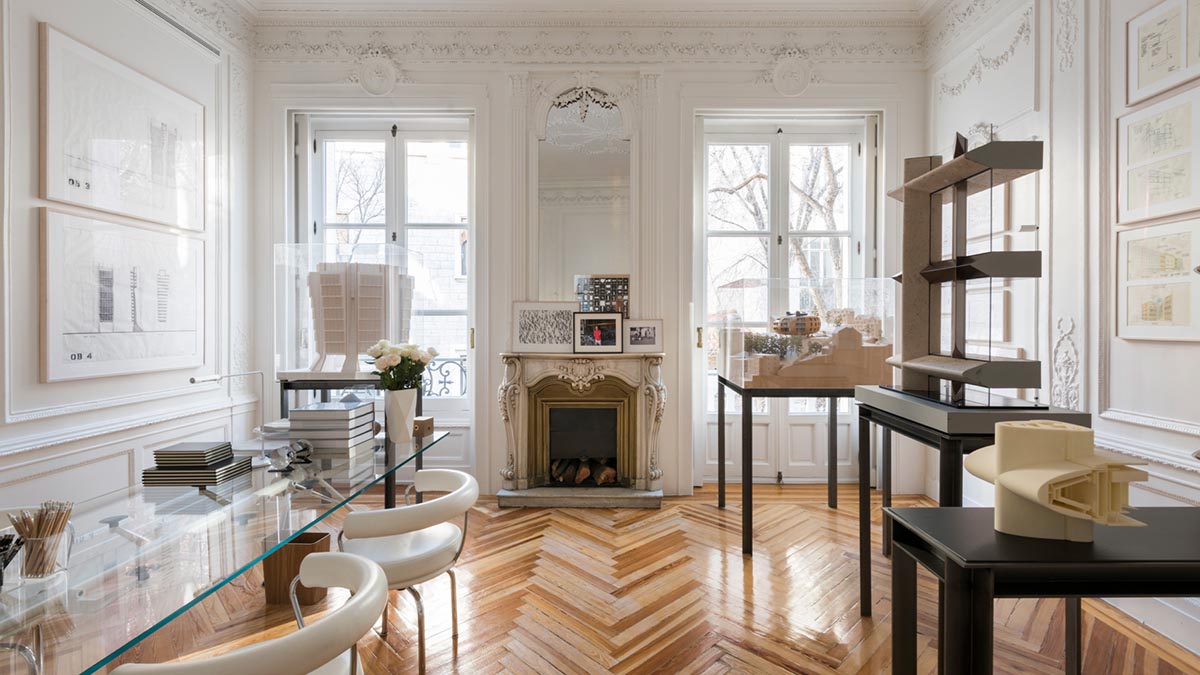
"Early in my career I became aware as an architect of the shortfalls of thinking about buildings in isolation, and we have seen the negative effects of that trend over the past several decades," said Norman Foster in his personal description for the Foundation.
Moving beyond architecture as an urbanist, with a passion for improving the quality of life in cities, I know that the design of our infrastructure is the ultimate challenge," added Norman Foster.
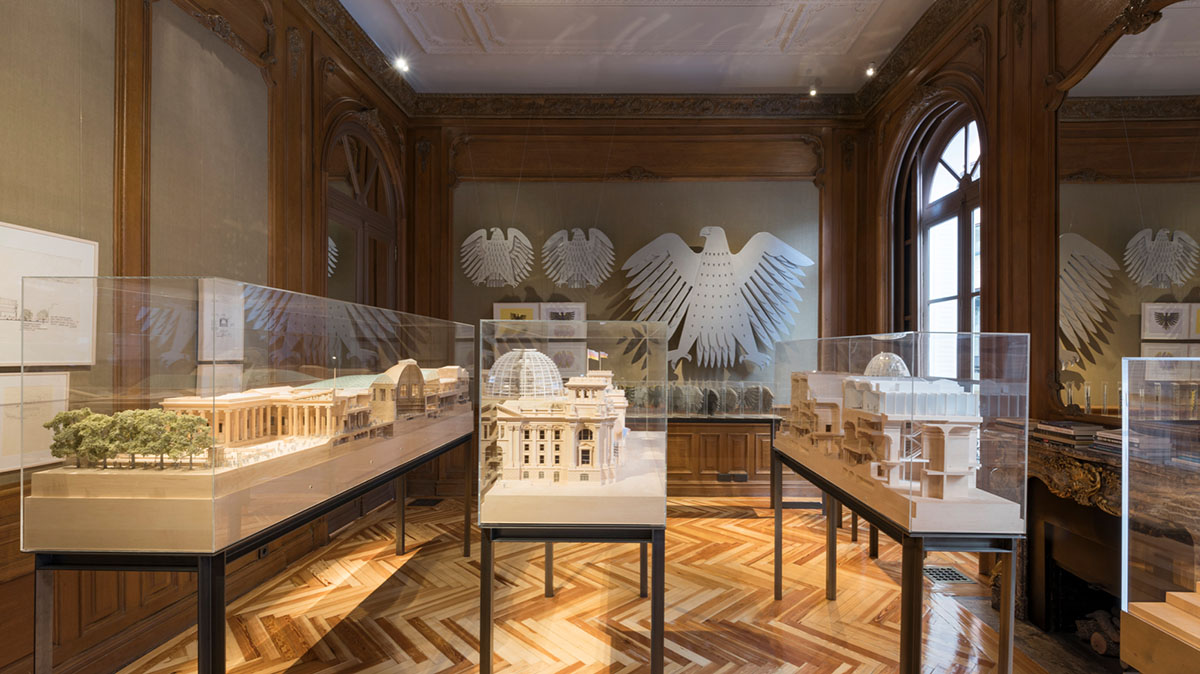
"It is the spaces in between that are the urban glue binding together the individual structures – the matrix of routes, public spaces, services and transportation. In a holistic approach all of these issues and the professions they represent would interact together at the same time."
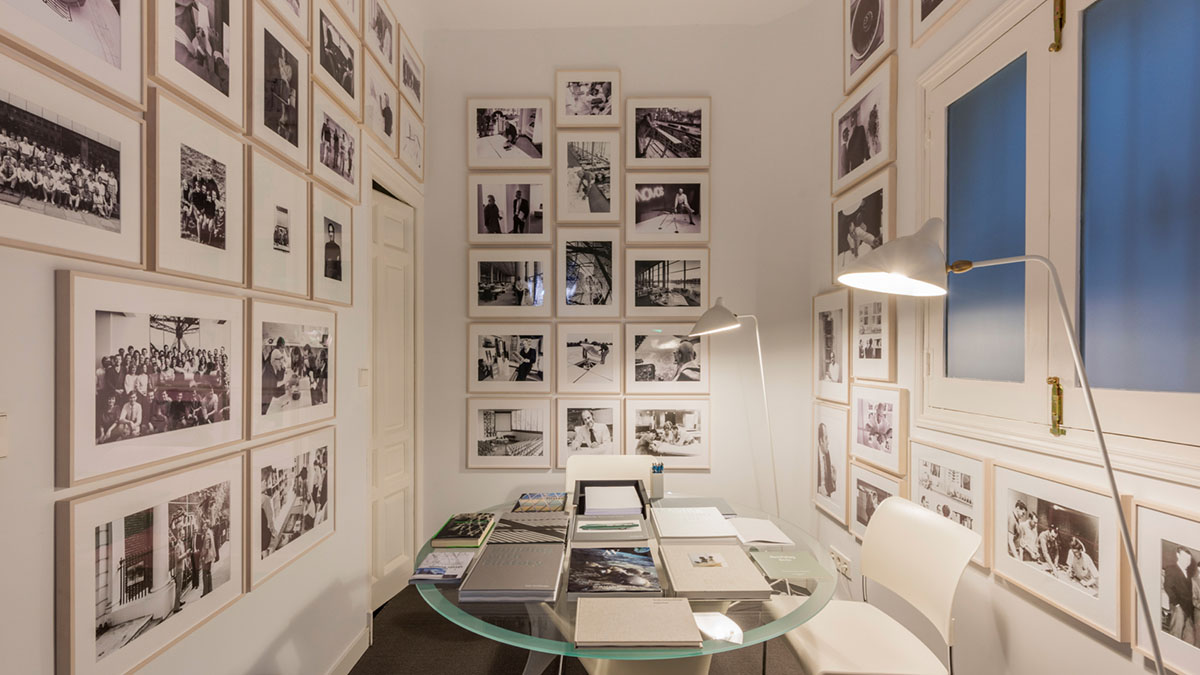
"I describe it as questioning traditional hierarchies and adopting a round table approach to creativity. The rewards of such an integrated design quest are manifold: higher performance and quality, economic benefits and a greater element of delight," Lord Foster added.
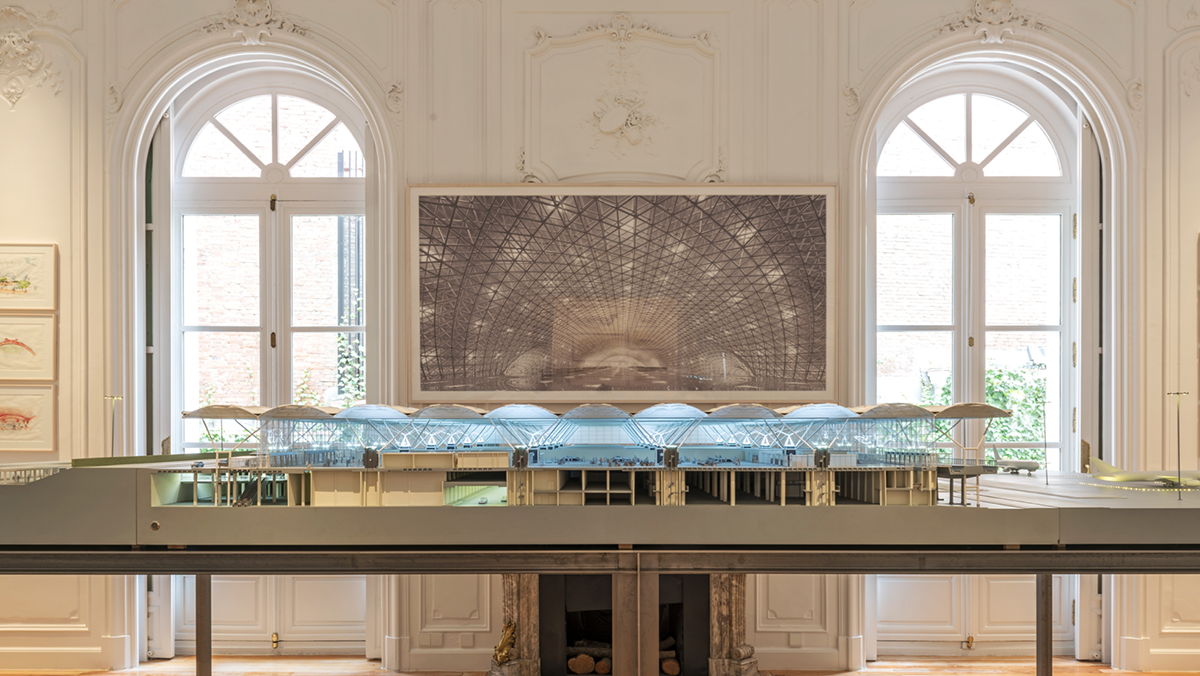
The Foundation also includes the Norman Foster Archive and Library, which open up a window into the larger narrative and history of the built environment through the work of Norman Foster.
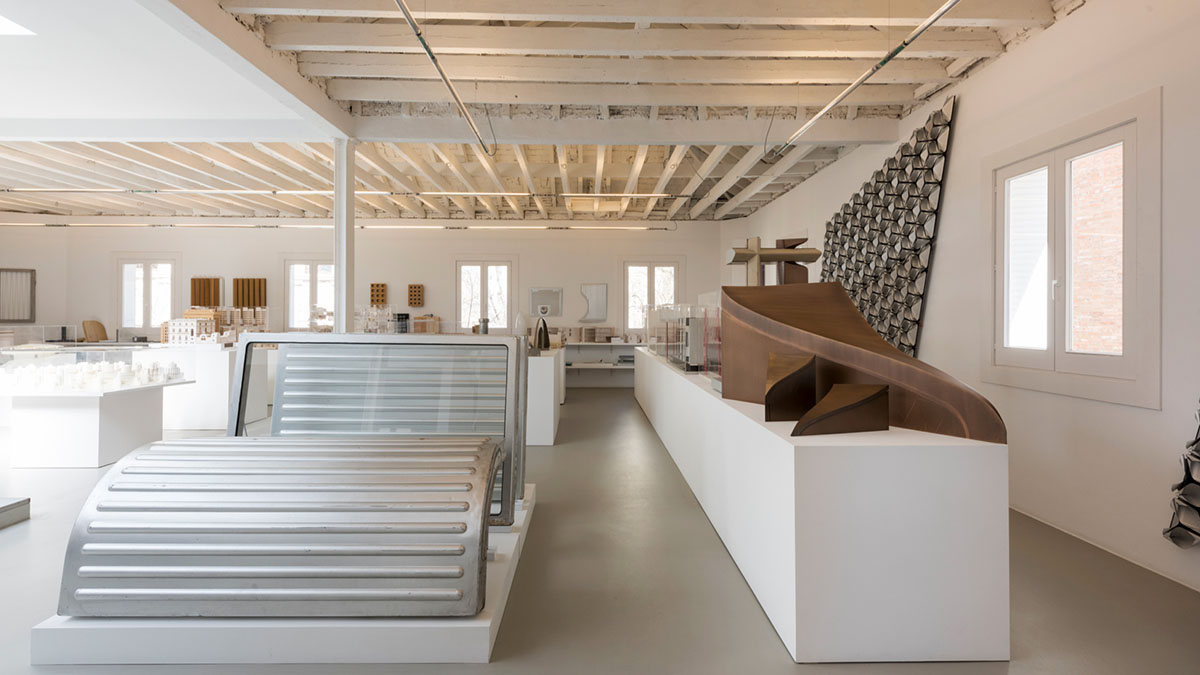
The British-born architect Norman Foster started to establish his own archive in the Foundation in 2015 and since that date, the architect collected and concerved 74,028 items and architectural records for his exclusive archive - many cataloged and digitised of a wide range of materials are still going to evolve in different phases. Phases 1 through 3 will be completed by the end of 2017, with Phases 4 and 5 scheduled to commence in early 2018, are expected to be completed.
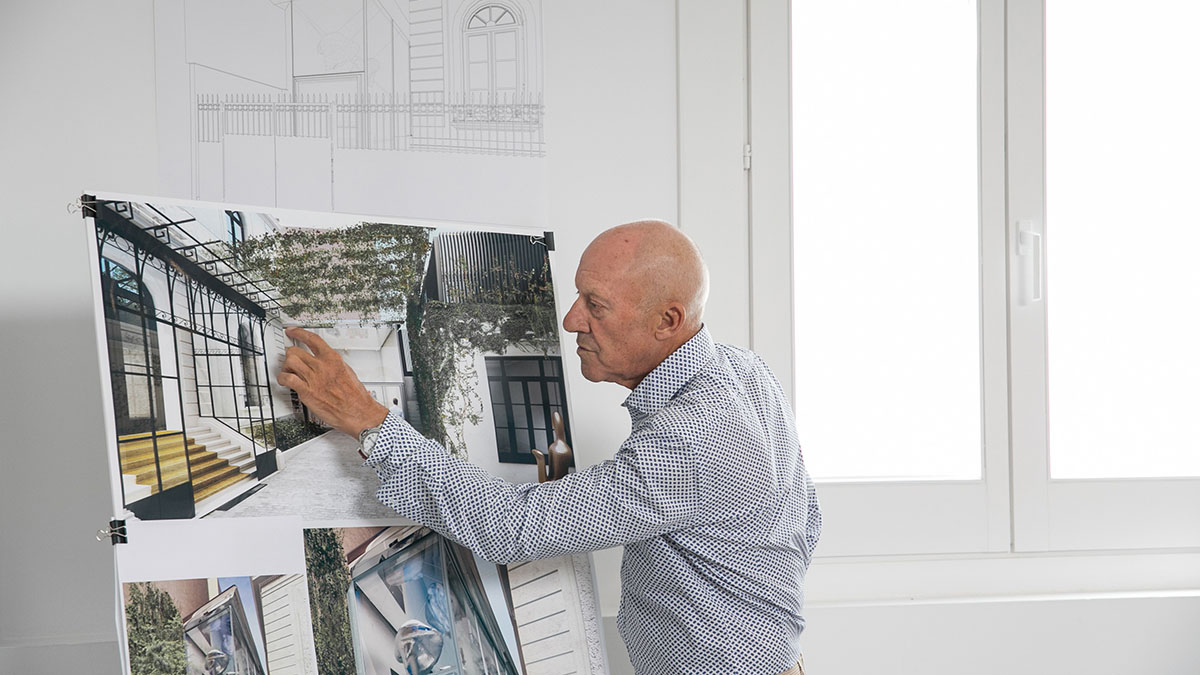
The Foundation's Archive is available online through an open database accessible to researchers and scholars worldwide. The Archive consists of a great variety of materials, including drawings and plans; photographic materials; models; correspondence, personal sketchbooks and memorabilia.

The Norman Foster Foundation also houses a reference Library featuring a diverse selection of publications - the Foundation's Library presents a selective collection documenting the works of Norman Foster throughout the span of his sixty year career.
"On the one hand, the Foundation is rooted in a rich and living archive – a material resource which is linked to a study centre and a digital network of universities and scholars. The archive comprises drawings, sketches, models, films, photographs, prototypes and transcripts spanning over five decades of work. It is constantly being added to and catalogued and at present numbers well over twelve thousand items," said Norman Foster.
"On the other hand, the Foundation will initiate, collaborate and implement built projects and prototypes in association with other like-minded institutions, universities and research centres. Seminars, workshops, programmes and events will stem out of both these research and practice initiatives bringing together experienced thinkers with emerging talents in architecture, design and technology," Foster added.
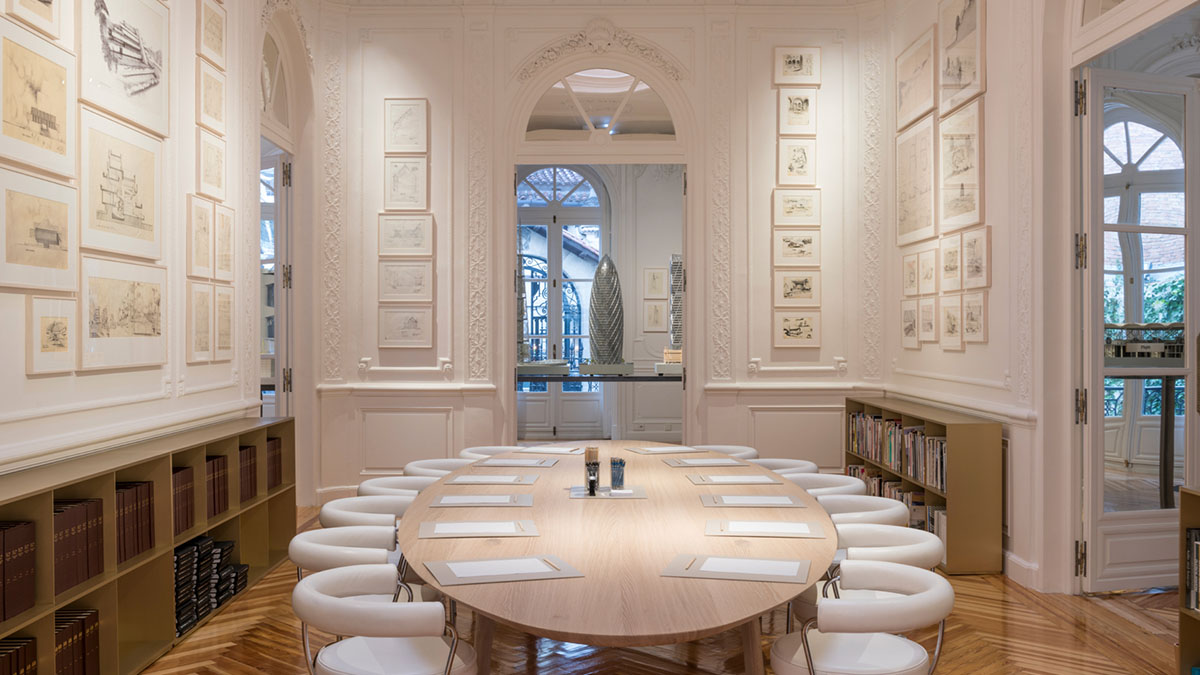
"The building of the Foundation - located in Calle Monte Esquinza, in the heart of Madrid’s Chamberí neighbourhood - is a heritage-listed Palace designed by the celebrated architect Joaquín de Saldaña in 1912 for the Duke of Plasencia," detailed the Foundation.
Its handsomely proportioned spaces enabled it to serve as the Embassy of Turkey for fifty years since the nineteen thirties and more recently as the headquarters of a major Spanish bank," stated the Foundation.

The Pavilion of Madrid HQ - fragmented canopy at the courtyard
All the functions are scattered in many rooms through four levels which create a good mixture of gallery and study spaces. The Foundation also hosts a Pavilion taking place at the courtyard of the Palace.
The Pavilion is dedicated to display objects and audio visual materials of projects, places, people, sculptures and paintings that could inspire future visitors to the Foundation in the same way that they once inspired Norman Foster and his work.
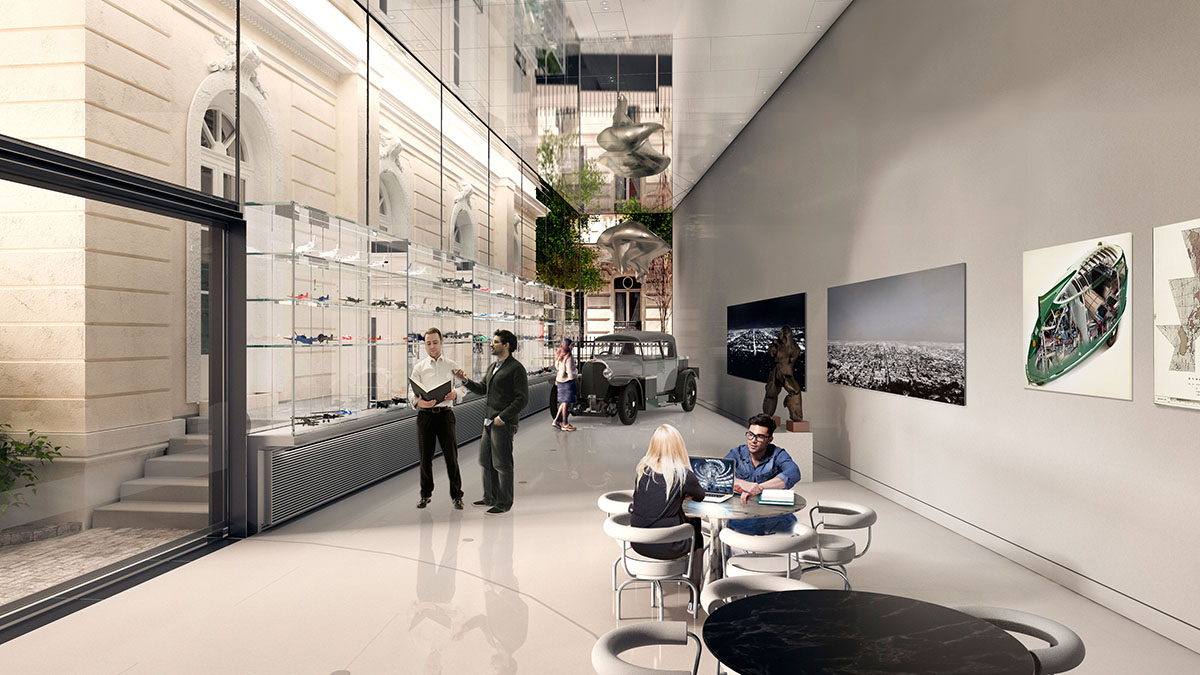
Specialized on "technology of glass" in architecture for many years, Norman Foster continued his own tradition for the Pavilion as well and worked with the Spanish sculptor Cristina Iglesias to create a canopy to cover part of the entrance courtyard, providing shade for the Pavilion façade.
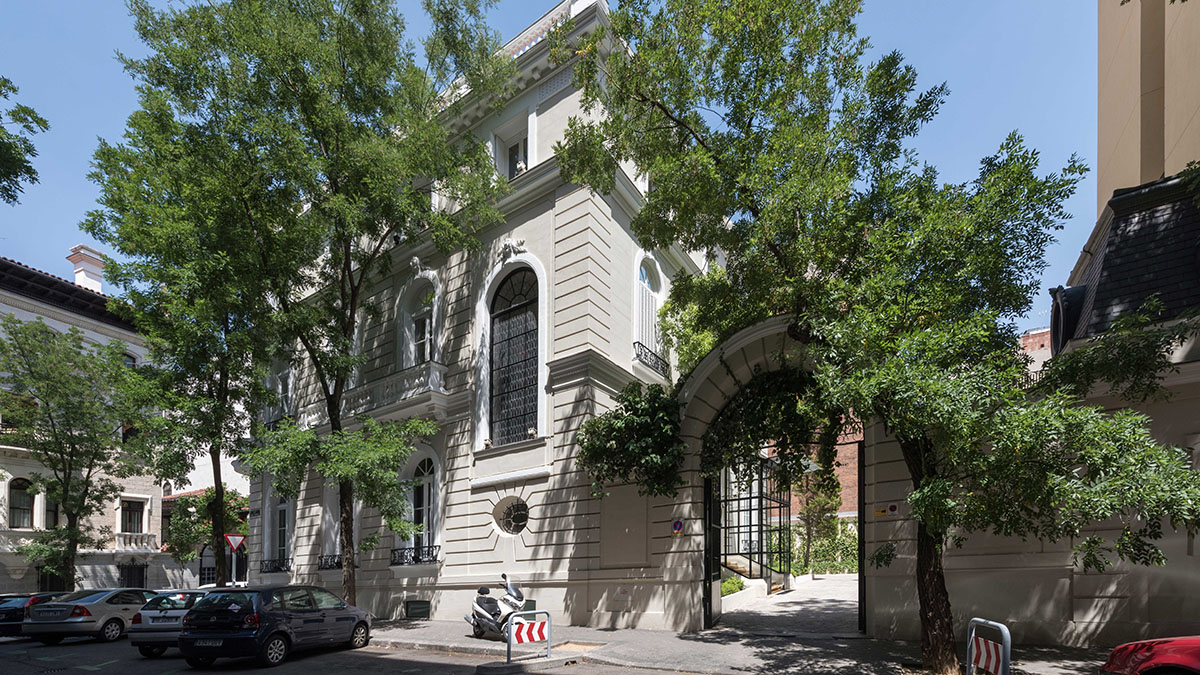
The Pavilion is made of laminated glass walls, which functions as the structure to hold up a steel and glass fibre roof with no visible means of support. The Norman Foster Foundation's projects include a Droneport prototype exhibited at the Venice Architecture Biennale 2016, Miradas sobre Madrid, interviews, films and lectures.
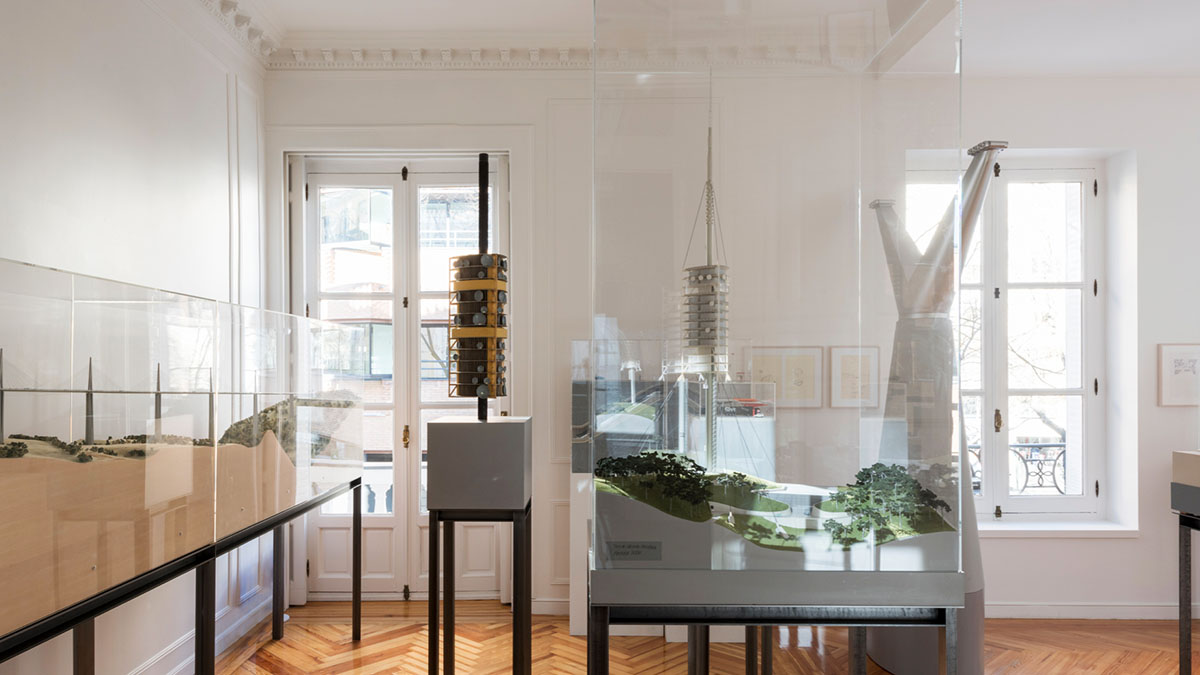
The Norman Foster Foundation is collaborating with many organizations in the world including AA Publications - Architectural Association - London, UK, Arquine - Mexico City, École Polytechnique Fédérale de Lausanne - Lausanne, Switzerland, DOM Publishers - Berlin, Germany, GSAPP (Columbia) - New York, USA, Harvard University Graduate School of Design - Cambridge, USA, LafargeHolcim Foundation for Sustainable Construction - Zurich, Switzerland, M.I.T. – Massachusetts Institute of Technology - Cambridge, USA and others.
All images courtesy of Norman Foster Foundation
> via Norman Foster Foundation
